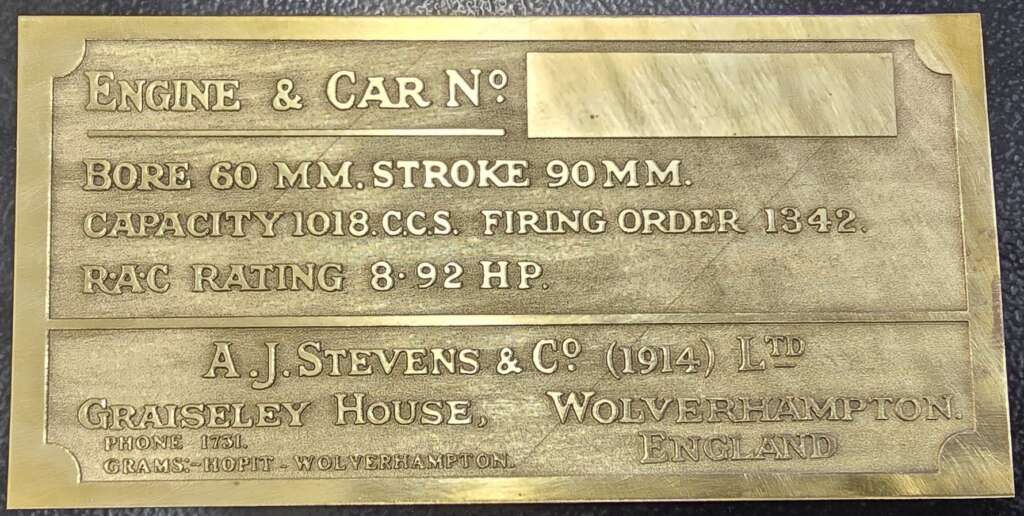
Laser engraving is a precise and versatile process that uses a focused laser beam to alter the surface of a material. Here’s a quick overview:
- The Basic Principle:
- A laser beam is directed onto a material’s surface.
- The intense heat from the laser vaporizes, burns, or melts away portions of the material.
- This creates a permanent mark, design, or engraving.
- Key Features:
- Precision: Laser engraving offers high accuracy and the ability to create intricate details.
- Permanence: The engravings are durable and long-lasting.
- Versatility: It can be used on a wide range of materials, including wood, metal, glass, plastics, leather, and more.
- Non-Contact: The laser doesn’t physically touch the material, reducing wear and tear and allowing for delicate work.
- Applications:
- Personalized gifts and products
- Industrial marking and labeling
- Signage and displays
- Artistic and decorative designs
- Manufacturing and prototyping
- Technology:
- Common laser types used include CO2 lasers (for non-metals) and fiber lasers (for metals).
- Computer controlled systems direct the laser beam, allowing for complex designs.
In essence, laser engraving provides a way to create precise, permanent markings on a wide variety of materials, making it a valuable tool in both industrial and artistic applications.


